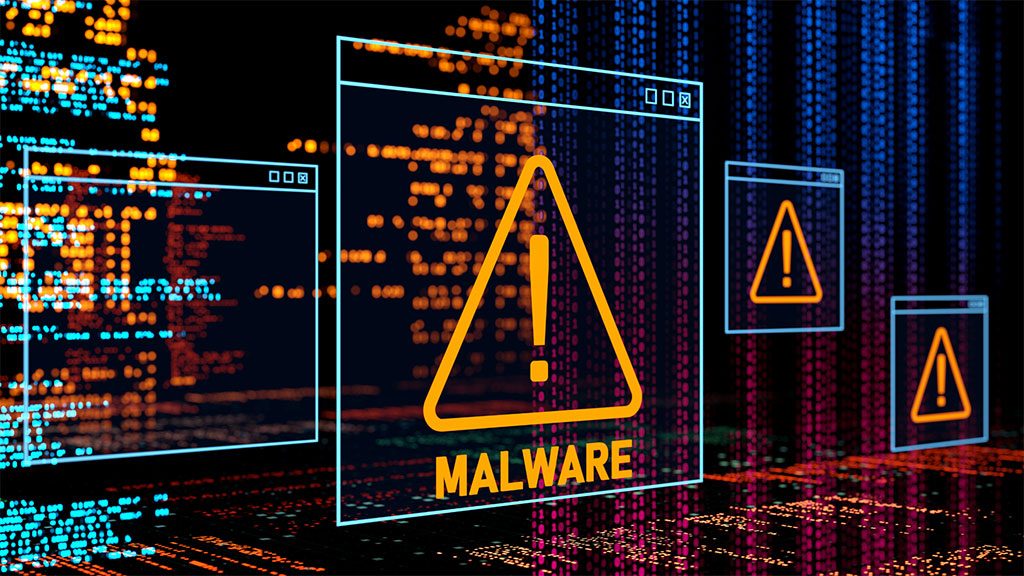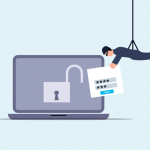
Cyber-threats continue to evolve, and in today’s fluid digital landscape they adapt to defenses and grow faster than ever before, posing significant risks to individuals and organizations alike. Zero-click malware is not entirely new, but it has been gaining tremendous traction lately. This insidious form of malware can covertly compromise devices and networks - requiring NO user interaction.
One example of this type of attack happened due to a missed call. That’s right, the victim didn’t even have to answer. The infamous WhatsApp breach occurred in 2019, enabled by a zero-day exploit. The missed call triggered a spyware injection into a resource in the device’s software.
More recently, a new zero-click threat attacking iOS users began to appear. This attack initiates when the user receives a message via iMessage. The victim doesn’t need to click on anything or interact with the message in any way for the malicious code to execute and infect the device. That code allows a total device takeover.
What is zero-click malware, and how do you defend against it?
Understanding Zero-Click Malware
Zero-click malware refers to malicious software that can do a specific thing, and it requires zero clicks from the user to initiate. It can exploit vulnerabilities in an app or system with no interaction from the user. It is unlike traditional malware that requires users to click on a link, download a file, or open an attachment.
Zero-click malware operates in the background, and the victim has no idea it’s there. It can infiltrate devices through various attack vectors, including malicious websites, compromised networks, or even legitimate applications with security loopholes.
The Dangers of Zero-Click Malware
Due to its stealthy nature and ability to bypass security measures Zero-click malware constitutes a significant threat. Once it infects a device, it can execute a wide range of malicious activities.
These include:
Data theft
Remote control
Cryptocurrency mining
Spyware
Ransomware
Turning devices into botnets for launching attacks
This type of malware affects individuals, businesses, and even critical infrastructure. Attacks can lead to financial losses, data breaches, and reputational damage.
How to Defend Against Zero-Click Malware
Adopting a proactive and multi-layered approach to Cybersecurity is crucial in defending yourself against zero-click malware. Here are some essential strategies to consider:
Update, Update, Update!
This malware is certainly not the only reason you need to regularly update software, operating systems, applications, and security patches. This is vital in preventing many problems, including zero-click malware attacks. Software updates often contain bug fixes and security enhancements. These things address vulnerabilities targeted by malware developers. Enabling automatic updates can streamline this process and ensure devices remain protected.
Put Robust Endpoint Protection in Place
Comprehensive endpoint protection solutions can help detect and block zero-click malware. Use advanced, next-generation antivirus software, firewalls, and intrusion detection systems. They establish many layers of defense and should be updated regularly. This enables the latest threat intelligence to stay ahead of emerging malware variants.
Use Network Segmentation
Segment networks into distinct zones, based on user roles, device types, or sensitivity levels. This adds an extra layer of protection against zero-click malware. Isolate critical systems and install strict access controls to limit the damage. These help to mitigate lateral movement of malware and its potential harm.
Use AI and Behavioral Analytics
Advanced technologies like behavioral analytics and Artificial Intelligence (AI) can help identify anomalous activities that may indicate the presence of zero-click malware. These solutions detect patterns, anomalies, and suspicious behavior, allowing for early detection and proactive mitigation.
Conduct Regular Vulnerability Assessments
When one vulnerability is solved, another one is bound to occur elsewhere, so it’s important to perform regular routine vulnerability assessments and penetration testing. This can help identify weaknesses in systems and applications. Weaknesses that enable an exploit by zero-click malware. Address these vulnerabilities promptly through patching or other remediation measures. These actions can significantly reduce the attack surface.
Uninstall Unneeded Applications
This is good as a general rule to avoid clutter, but the more applications on a device, the more vulnerabilities it has. Many users download apps then rarely use them. Yet they remain on their device, vulnerable to an attack. They are also more likely to lack updates, which is a very exploitable weakness.
Have employees or your IT team remove unneeded apps on all company devices. This will reduce the potential vulnerabilities to your network.
Only Download Apps from Official App Stores
All app distributors are not equal, so be careful where you download apps. Stick with the official app stores, and when you do, check the reviews and comments. Malicious apps can sometimes slip through the security controls before they’re discovered.
Ongoing Security Awareness Training
Putting zero-click attacks aside, ongoing Security Awareness Training is the best insurance against human error you can get. Human error remains the most significant factor in successful malware attacks. A full 88% of data breaches are the result of human error.
Educate users about the risks of zero-click malware and promote good Cybersecurity practices. This is crucial. Encourage strong password management. Caution users to stay aware when opening email attachments or clicking on unfamiliar links. Support regular training on identifying phishing attempts.
Frequently Asked Questions
Q: What is zero-day malware threats?
A: A zero-day (also known as a 0-day) is a vulnerability in a computer system that was previously unknown to its developers or anyone capable of mitigating it. Often the developers are not aware of it until a hacker (who routinely look for them) exploit the vulnerability.
Q: What is an example of a strong password?
A: A strong password will have more than 10 characters, using a combination of letters (both uppercase and lowercase), numbers, and symbols, and includes no obvious personal information or common words.
For example: n$Q31s@ap#W. If you run that through Password Monster, it will tell you that it would take EIGHTY CENTURIES to crack. The world’s most common password, ‘123456’ takes ZERO SECONDS to crack.
Q: How often do you conduct vulnerability assessments?
A: Industry standards advise organizations to scan their internal and external systems at least quarterly. Ideally, it is recommended to perform assessments monthly. The nature of attack tactics change constantly.
Q: When should security awareness training be provided to new employees?
A: Every new hire should complete security awareness training within the first 10 days of employment. Employees should also receive training in data privacy and protection during onboarding. Training should be repeated and updated every four to six months.
How secure is your network?
As a reputable member of the IT Support Los Angeles community since 2002, IT Support LA offers a FREE, no-risk network and security assessment. It is a non-intrusive scan that allows us to deliver a comprehensive report that is yours to keep. No strings, and no obligation to ever use our Managed IT Services.
The best defenses are expert Cybersecurity to protect your data from theft, and a top-notch Managed Services Provider to ensure continued reliability and defenses against newly emerging threats.
With our 100% Money Back Guarantee in writing, we offer a risk-free way for prospective clients to try us out. Because we do not require a ‘hard’ contract, our clients can fire us at any time with 30 days’ notice. We have to be good.
Among the Managed IT services we provide:
IT HelpDesk Service
Onsite IT Support
Cybersecurity
Cloud migration and management
Email migration services
Backup and disaster recovery
VoIP phone systems
IT disposition and recycling
Office moves
White label services (IT to IT)
IT Support LA is an award-winning Managed Services Provider (MSP):
o 3 Years awarded Best IT Support by the Small Business Expo
o Awarded 2nd best company of any type in the US by the Small Business Expo SB100
o Awarded Best IT Support in California by Channel Futures
o Winner of Best IT Support in Los Angeles by Channel Futures
o Listed as one of the world’s Top 501 MS by CRN and in the top 250 in the ‘Pioneer’ listing
o 4 years listed as one of the Top 501 MSPs in the World by Channel Futures
o Listed as #21 MSP in the World in Channel Futures NextGen 101
o Globee 2021 Bronze Award winner for Chief Technology Officer of the Year
o Globee 2022 Gold Award winner for Chief Technology Officer of the Year
o Named one of 2022’s 50 ‘Best’ businesses in California by UpCity
o Named Best of IT winner by UpCity
o Winner of Local Excellence Award for 2021, 2022 and 2023 by UpCity
o Named Best of Cloud Consulting winner by UpCity
o Certified as Top Managed Services Provider and Cybersecurity Pro by UpCity
o Named Best IT Services in Los Angeles by Expertise.com.
Get the Technology Facts from a Trusted Pro
Zero-click malware continues to evolve and pose severe threats to individuals and organizations. It is crucial to remain vigilant and take proactive steps to combat this menace. Need help with a layered security solution?
Give us a call today to schedule a network and security risk assessment.
818-805-0909


